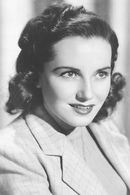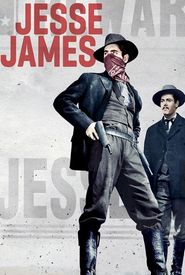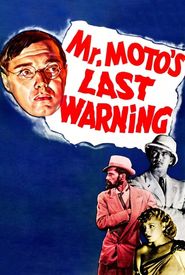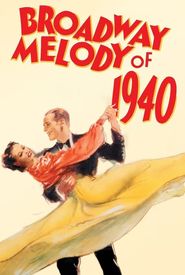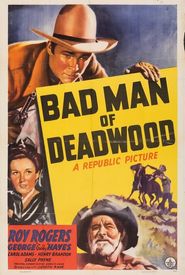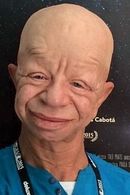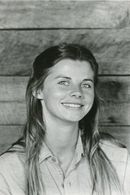Born Lurline Uller in Los Angeles in 1918, she was discovered at the tender age of five while playing in her aunt's yard, near the intersection of Sunset and Gower, and subsequently recruited to appear as a flower girl in the 1923 film "Navy Blues" alongside Dorothy Devore.
Lurline spent her early years appearing in various silent short films, including "Our Gang", "Mickey McGuire", and "Buster Brown", and training with the esteemed Meglin Kiddies. In 1929, she began honing her remarkable dancing skills alongside adolescent Francis Gumm, later known as Judy Garland, as a member of The Hollywood Starlets.
As she entered her teenage years, Lurline performed song and dance on the vaudeville stages throughout California, eventually being re-discovered at the age of 18 while dancing in a show at the Paramount theatre, and subsequently signing a two-year contract with 20th Century Fox. She worked as a contract player in over thirty 20th Century films, and was eventually renamed Carol Adams when she moved to Paramount Studio.
Her captivating dancing and camera-friendly appearance brought her to the attention of casting directors, leading to larger and more prominent roles in films such as "Rose of Washington Square", "Sally, Irene and Mary", "Dancing On A Dime", "Ice Capades", and "Sis Hopkins". By 1941, she was starring alongside renowned performers Gene Autry in "Ridin' on a Rainbow" and Roy Rogers in "Bad Man of Deadwood".
During World War II, Carol performed extensively for the troops and donated numerous hours to Bette Davis' USO efforts.
In 1944, Carol also appeared in several of James Roosevelt's "Soundies", including "Rhythm on the River", "Jukebox Joe's", and "Doin' the Hotfoot".
At the age of 26, after appearing in over 60 films, Carol met and married a young studio executive, who later became head of the Art Department at Paramount Studios. She subsequently retreated from show business to become a dedicated housewife and mother.
